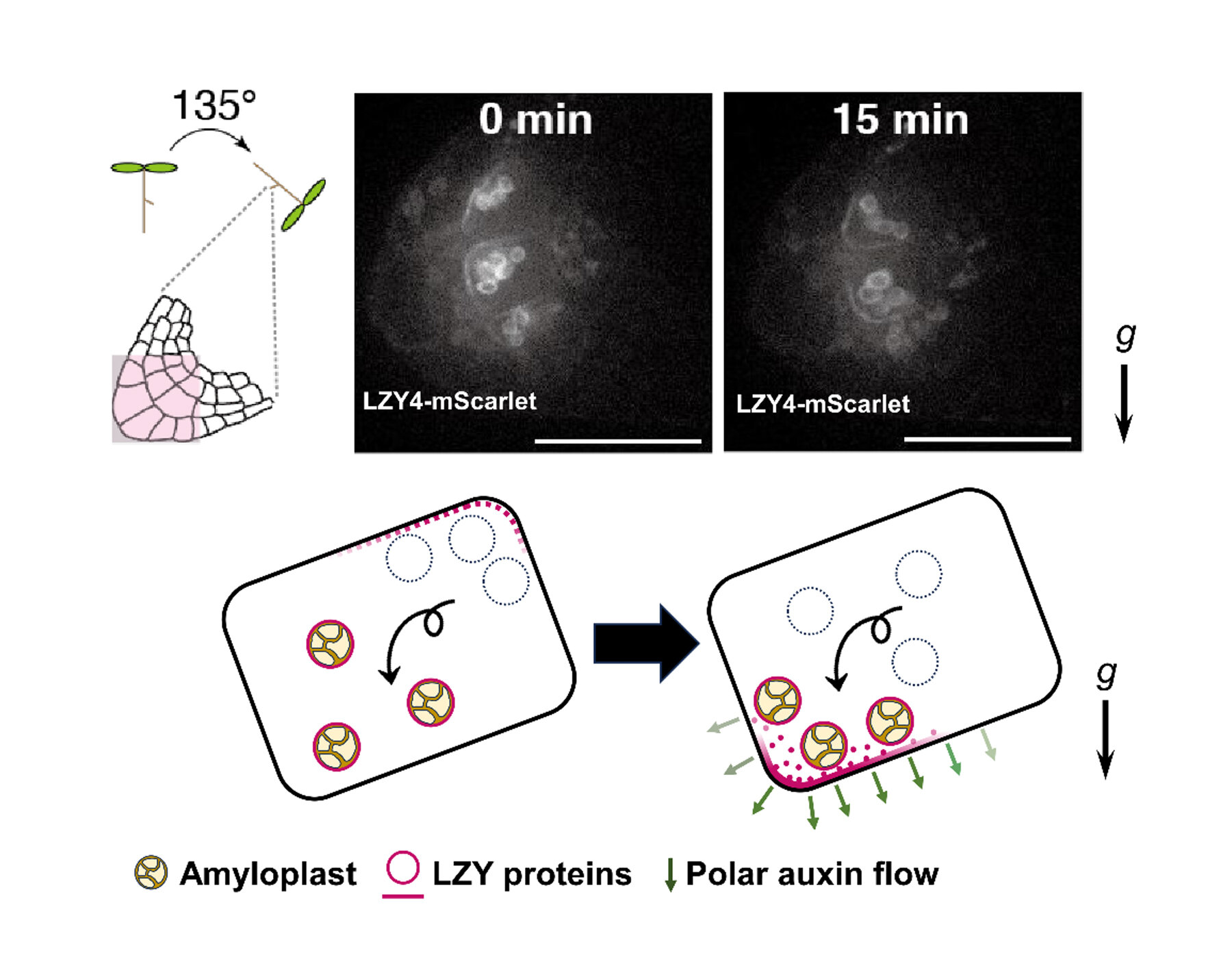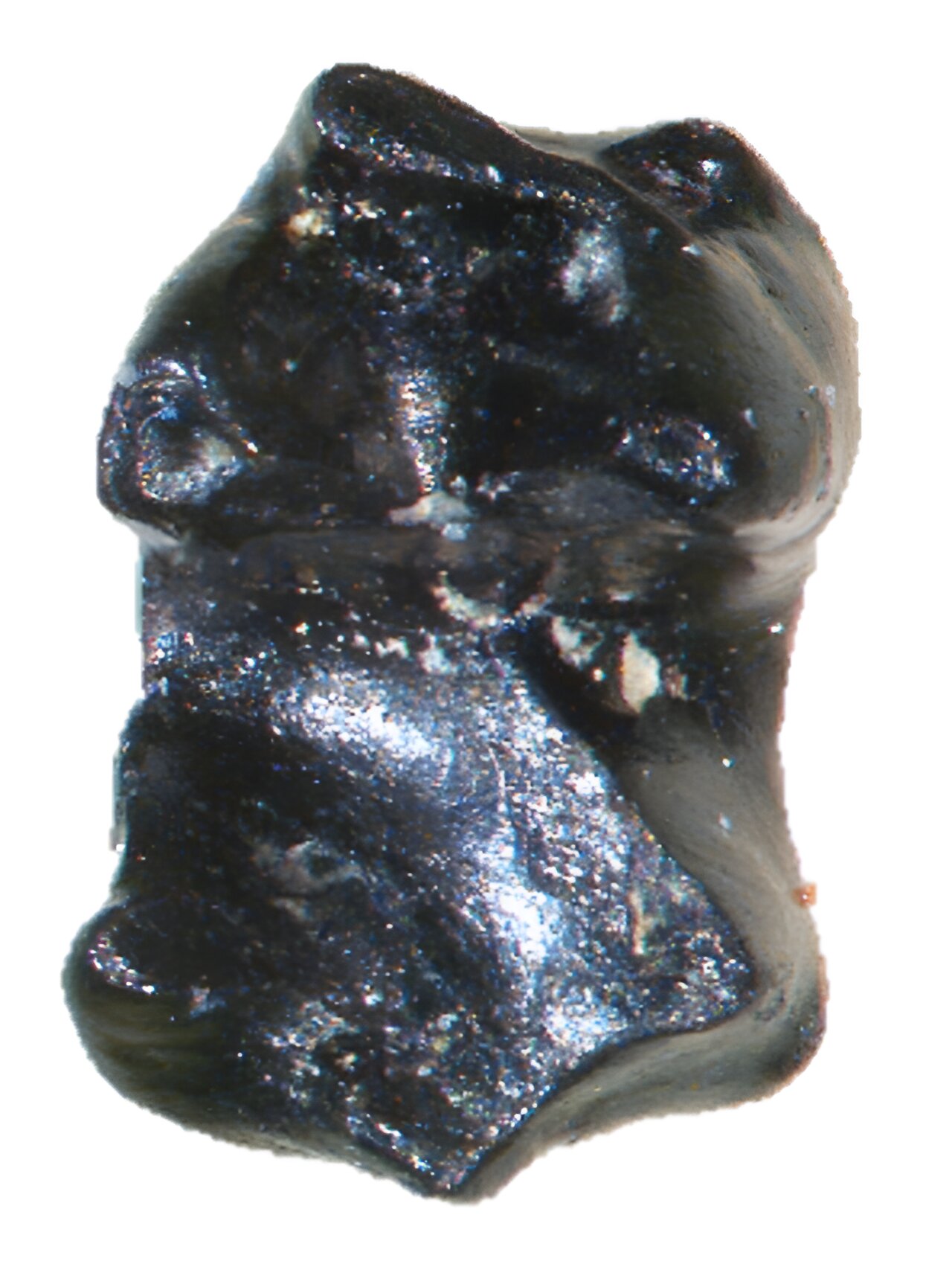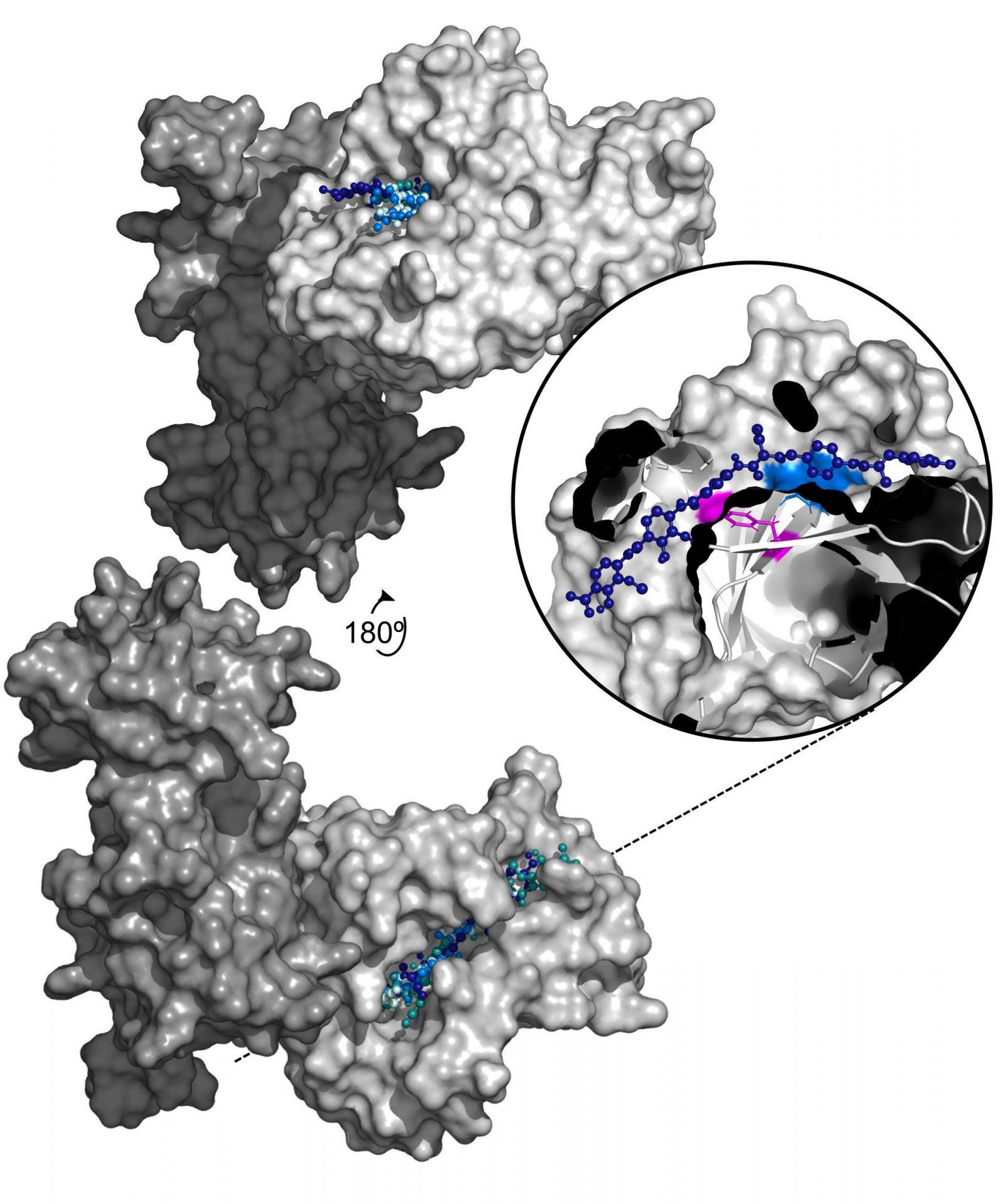Did you know that plants have a unique way of sensing gravity? Their roots grow towards gravity, while their shoots grow in the opposite direction. This incredible mechanism involves the movement of statoliths, which are high-density organelles called amyloplasts. These amyloplasts settle towards gravity within the gravity sensing cell.
Despite its significance, scientists have been puzzled by the exact process behind this gravity sensing mechanism for over a century. However, a groundbreaking study led by Professor Miyo Terao Morita at the National Institute for Basic Biology (NIBB) in Japan has finally shed light on this enigmatic mechanism.
The research, titled “Cell polarity linked to gravity sensing is generated by LZY translocation from statoliths to the plasma membrane,” has been published in Science. It reveals that the translocation of signaling proteins from amyloplasts to the plasma membrane is the key to understanding this mechanism.
For years, researchers have proposed different hypotheses, but none had definitive evidence. In their previous work, the team discovered the crucial role of Arabidopsis LAZY1-LIKE (LZY) proteins in gravity signal transduction. These proteins localize at the plasma membrane on the side of gravity, but the exact mechanism behind this localization remained unknown.
Through advanced live cell imaging techniques, the research team made a significant breakthrough. They found that LZYs not only localize at the plasma membrane near amyloplasts but also at the amyloplasts themselves. This dual localization is necessary for gravity signaling in roots, highlighting its fundamental role in the process.
Professor Miyo Terao Morita emphasized that LZYs act as signal molecules, transmitting positional information from amyloplasts to the plasma membrane, where the regulation of auxin transport occurs. This discovery supports the “position sensor hypothesis,” which explains gravity sensing in plants through the proximity or contact between statoliths and the plasma membrane.
The gene responsible for rice gravitropism mutant, LAZY1, was originally identified. Its counterparts are found in various land plants, indicating their fundamental significance. Mutations in these genes have resulted in the distinctive “lazy” phenotype, affecting the architecture and production of plants. Further studies on LZY may have implications for controlling plant growth and development.








